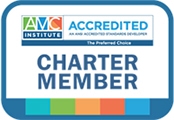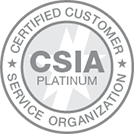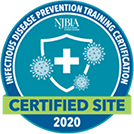Strategic Planning is a key responsibility of every association and non-profit Board. Traditional Strategic Planning exercises effectively allow an association to view what’s on the horizon for the next one to three years. The plan traditionally includes actionable steps to achieve the strategic goals established.
In a world where the rate of change is growing exponentially, it is more critical than ever that volunteer leaders begin to understand and embrace a Duty of Foresight. The current accelerated rate of change in the world around us forces associations to not only discuss shifts within their own industry but also be able to monitor, prepare, and respond to global changes that could impact; the way the association does business, the type of members the association serves, or the type of services the association provides.
The Duty of Foresight is relevant to Boards in four key areas, (as identified in the latest research white paper “Why Associations Need Foresight” by Marsha Rhea, CAE - August 2017)
- Strategic Planning – traditional SWOT (Strengths, Weaknesses, Opportunities, and Threats) only address current performance and not what must be done to prepare for tomorrow’s opportunities.
- Anticipatory Learning – association research identified that one of the top reasons that members join their industry associations is to access the most current information. Volunteer leaders are expected to know and share information about changes on the horizon that could impact the members or their businesses.
- Risk Analysis – Boards have traditionally been effective in identifying issues that could lead to public policy and regulatory changes. Leaders have been less proactive in assessing potential vulnerability in their business models and operating practices.
- Inspiring Innovation – monitoring trends and anticipating future markets allows leaders to see beyond today’s issues and identify new capabilities that can turn “what if” ideas into real possibilities.
Board leaders often ask how they can get started. Step one is to identify and understand the difference between strategic planning and foresight. Use trends or environmental scanning information that may already exist within your industry or utilize the scanning research produced by the American Society of Association Executives to drive a further view into your association’s future.
Read more about foresight here





